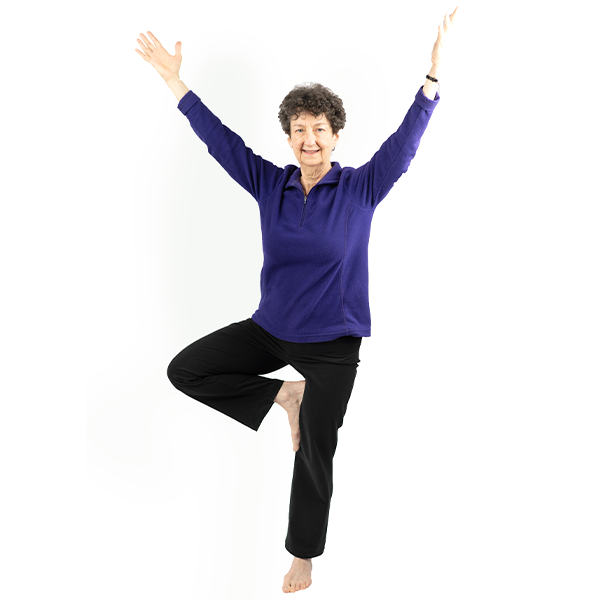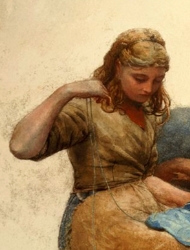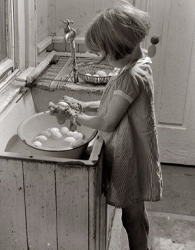This can be a challenging time of the year. Some parts of the world have had extreme conditions in recent months. The Eastern US has had extreme snowfall. Across much of Europe and the northern temperate zone, this time of year brings cold, and daylight hours are short. After the celebration, lights, and parties of Christmas, or the ancient festivals of the Winter Solstice, plunging back into the gray chill of winter is notorious for inflicting the “winter blues,” sometimes giving rise to a depressive seasonal affective disorder, aka SAD.
Rotator Cuff Injuries: Prevention and Healing with Healthy Posture
In my experience, people are often unaware that their posture has greatly contributed to their muscular problems and damage.
In this blog post I would like to talk about a frequently injured group of muscles that attach the arm to the torso at the shoulder blade—the rotator cuff. The rotator cuff helps rotate the arm and lift it sideways and is also responsible for stabilizing the shoulder joint.
The Secrets to Pain-Free Sitting, Part 1: The Inspiration behind a New TV Show
People are sitting poorly and continue to blame sitting for their back pain. We believe the solution to this problem is more urgently needed than ever… and that the solution is now more readily available than ever, given one of the Gokhale Institute’s recent projects. I am excited to tell you about The Secrets to Pain-Free Sitting, a pledge show we made with producer Frank Zamacona for American Public Television (APT).
Sitting has become a problem
In recent years people have become confused about and even afraid of sitting. Sitting is considered problematic in our society, both because it is associated with an unhealthy level of inactivity, and because it is generally done with poor posture, leading to discomfort and pain.
Old Family Portraits Are a Great Posture Tool: Part 3: Hip-hinging in Small Bends
The healthy posture and positive change that antique images can bring to modern people are potentially transformational. In Part 1 of this series we looked at how learning from old photographs can benefit our upper body posture and in Part 2 the lower body.
Here we are going to focus on what antique portraits can teach us about small bends. The historical paintings for this post come from collections associated with Leland and Jane Stanford, famous for their business acumen, political influence, railroad building, and later, philanthropy as founders of Stanford University in California.
How not to Hunch like your Parent and Grandparent
Hunching over or rounding the upper back is often regarded as a hereditary characteristic. I frequently hear people say, “my back is stooped just like my mother, and her mother had it too.”
Is a hunched back Nature or Nurture?
I agree that hunching is certainly a family trait—but it is largely a learned one, not inherited.
We mostly learn our posture from our parents and family members. As we grow up, the role models around us in wider society also hold sway. Unfortunately, in our culture, these are usually pretty poor examples to follow. Our relationship to healthy posture has steadily been eroded over the past one hundred years, as I explain in my book 8 Steps to a Pain-Free Back.





